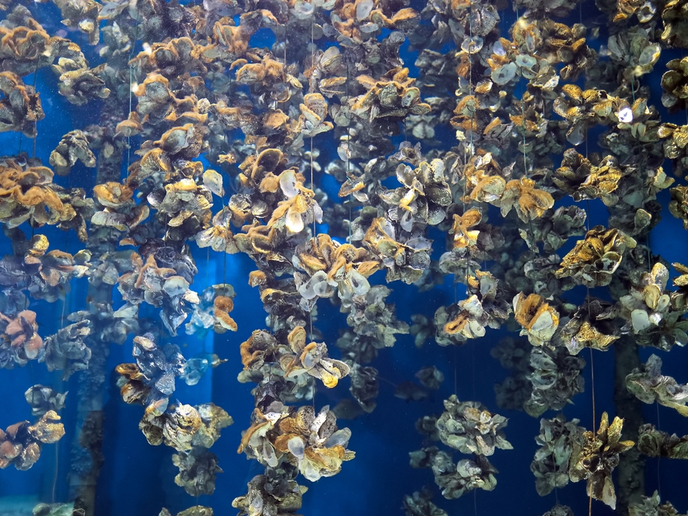A new dawn in fish production
Following the introduction of the latest hyper-intensive approach to aquaculture, fish farms may soon look more like factories. The Raceways project investigated the effectiveness of the shallow raceway system housed indoors for rearing fish and increasing production. Raceways are long, narrow tanks that provide a through flow of water, enabling the fish to be reared in greater density. Project partners found that shallow raceways improved feeding efficiency and growth in turbot and spotted wolf fish. The results will help optimise the commercial production of these species and may be applied to other bottom-dwelling fish species. Scientists conducted several experiments into the effects of water quality and exposure to gradually increasing levels of carbon dioxide (CO2) and ammonia (NH3) on turbot. The experiments can help provide a picture of the metabolic activity of the fish and the impact that the water they are reared in has on them under natural conditions. Results can help identify the threshold values responsible for lower growth performance. Experimental data can also help predict the carrying amount of fish that a farm can support according to each species’ tolerance to critical factors affecting water. Raceways' cutting-edge approach to aquaculture will help produce an inexpensive and high quality product for lovers of seafood. The project and its outcomes not only provide a valuable source of protein to consumers, but can also help protect the stocks of wild fish in Europe’s seas.







